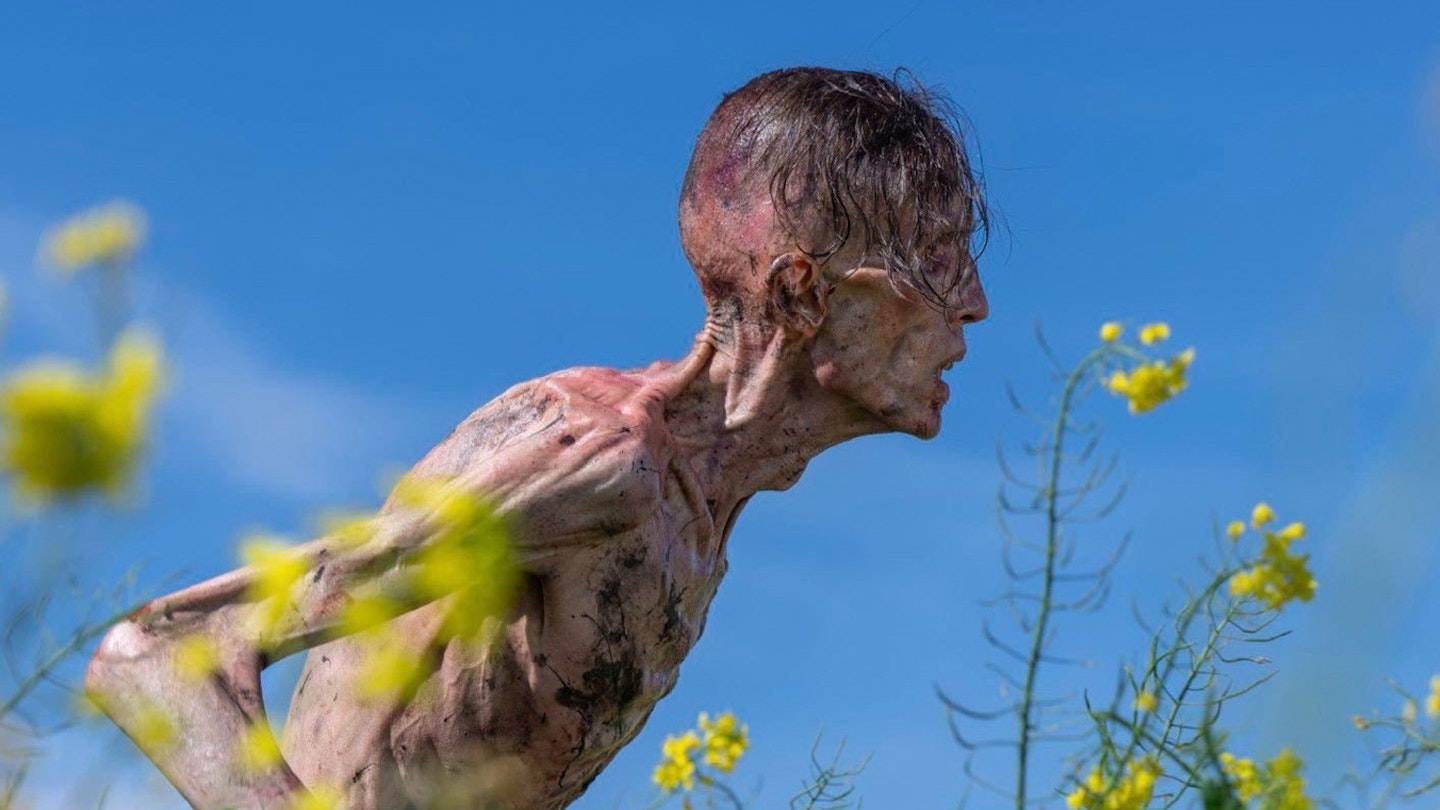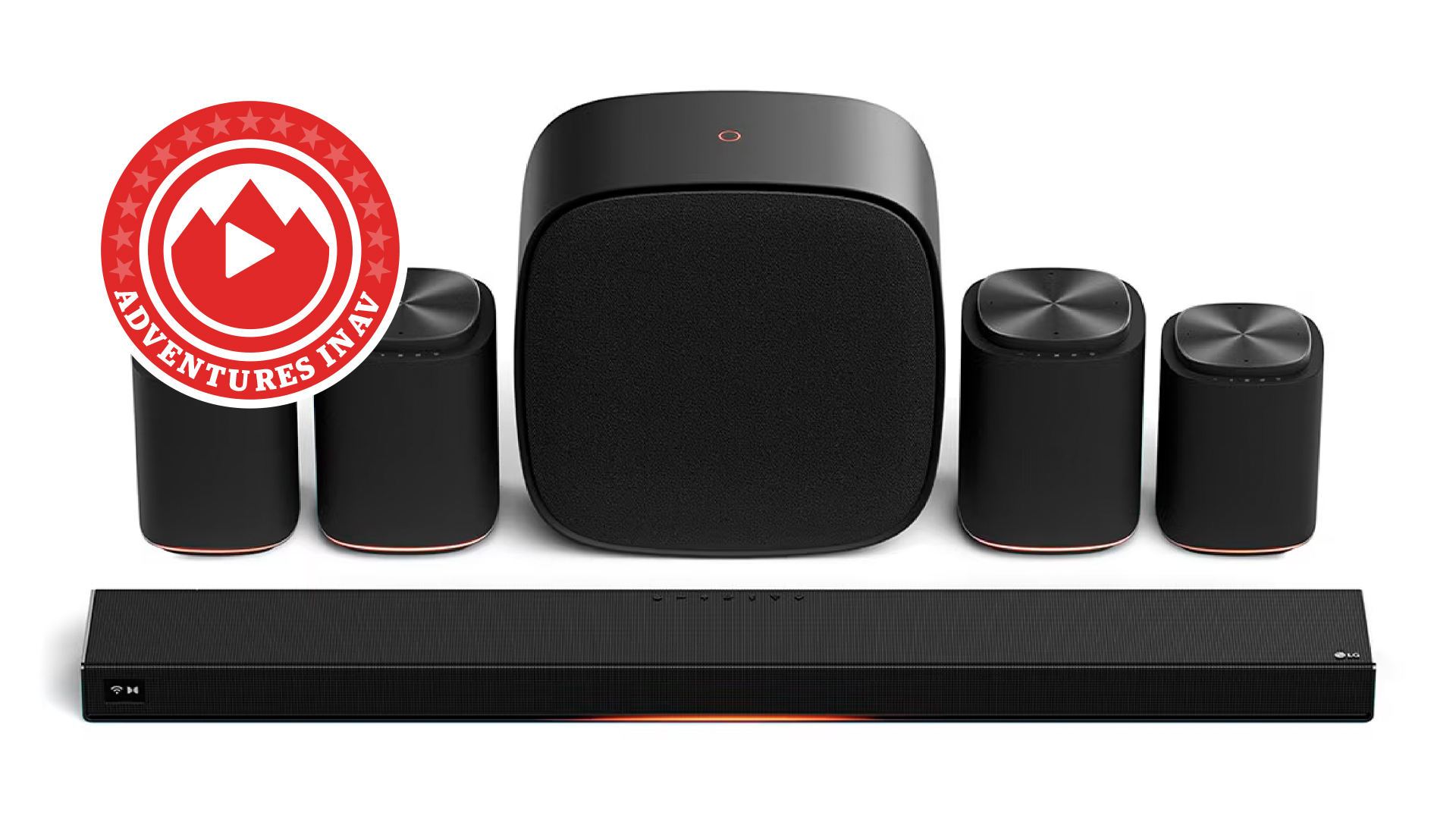28 Years Later is my film of the year – and here's why I think it will make an awesome test disc
Natural beauty and heart-stopping action

I watched 28 Years Later during its opening weekend in late June 2025. Two weeks on, and Danny Boyle and Alex Garland's post-apocalyptic film has remained at the forefront of my mind.
The film is still showing in cinemas, so you can be reassured that we won't be revealing any plot spoilers here. However, if you want to watch the film completely fresh – and we would highly recommend you do so – save this page, go watch the film, and come back and read this after.
Because I think 28 Years Later will make a terrific test disc and deliver a heart-stopping, beautiful experience in your home cinema set-up.
If you've seen the incredible trailer (above, set to the haunting recording of a 1903 Rudyard Kipling poem "Boots" about the horrors of the Second Boer War, recited with increasing intensity by American actor Taylor Holmes in 1915), you'll know that 28 Years Later takes place 28 years after the events of the first film, where a rage virus resulted in the breakdown of society in the UK.
In the present day (year 2031 in the film), the rage virus is now largely contained, but the British Isles remain under strict quarantine. The new film focusing on the small, ration-controlled and technology-absent community of survivors on Lindisfarne island (also called Holy Island) off the north east coast of England.
You cannot access this island at high tide – a real-life location.
There are two reasons why I think that 28 Years Later will become a go-to test disc for our AV reviewing team when it comes out on 4K Blu-ray later this year.
The latest hi-fi, home cinema and tech news, reviews, buying advice and deals, direct to your inbox.
The main reason is that the film is full of nature and realism. This is no tech-laden, metallic-hued sci-fi dystopian film; the cast's venture out onto the mainland shows an England where nature is allowed to flourish and run wild.
The English countryside has never looked more bountiful and beautiful. Lush, green landscapes for as far as the eye can see, with bright and tall yellow wildflowers swaying prettily against a clear blue sky. It is idyllic.
It's this naturalistic tone of those greens and blues that can be difficult to get right on a 4K TV screen or a projector. They need to look subtle, nuanced and detailed and not overblown, but with subtleties pulling through even while giving us the deep, punchy hues of the healthy trees and sparkling sea.
The film's unusual 2.76:1 widescreen aspect ratio also creates a level of immersion that works for these natural scenes as well as for the creeping terror of any surprises appearing at the edges of the screen.
Coupled with this are the skin tones of the characters. Newcomer Alfie Williams is a stand-out talent as 12-year-old Spike as we follow him throughout the film. There are many scenes that focus on his face, with such wide-eyed innocence and fear, that will be a true test of how a screen will juggle such natural skin tones while still delivering enough texture and dimensionality around him.
The second reason is focused on one particular scene in the early half of the film. It's no spoiler to say that there is at least one chase scene in the film, but this one is so fraught, so tense that it frays the nerves – from a cramped scene in an attic (which will be a great test for surround sound) to a heart-in-mouth night-time scene that is a race against time.
As father and son break from the mainland to the coast, we are met with a jaw-dropping scene of the night sky – absolutely splattered with stars and the Milky Way galaxy in a scene that completely took my breath away. The widescreen format shows the vast scale of the landscape, with the clouds and dust of the Milky Way illuminating the dark night sky and reflecting on the sea's surface with so many different hues.
Like the greenery and forests, it emphasises a world where there is zero light pollution – a startling beauty as a consequence of the horrors faced by humans.
Of course, this scene will be a stellar test of your OLED TV's black levels: luscious depth to show the contrast of those shining stars against inky blacks, but enough detail and subtlety in shadows to show what is actually happening as the plot unfurls.
Danny Boyle takes an inventive and immediate tone with his filming, much like he did with 28 Days Later in 2002. The first film was revolutionary in using a standard-definition (480p) Canon digital camcorder to shoot scenes quickly (such as early morning scenes of a quiet, abandoned London), which lends to the film's gritty and grainy low-res aesthetic.
In 28 Years Later, Boyle and co. have honoured this digital filmmaking tradition with the use of drones and, surprisingly, iPhones. An iPhone 15 Pro Max, in particular, was used in various ways to film portions of the film – the cast would use it to shoot scenes themselves, special rigs were built to hold multiple iPhones, including a custom-built circular rig with 20 iPhones to achieve certain action shots.
It was used so that the crew could film quickly and with less equipment being lugged around, along with having the film feel more immediate and personal from the characters' POV in certain scenes.
I had read that an iPhone was used for filming, but I completely forgot about it until after I had watched the film. At no point does it ever look anything short of cinematic. That stark naturalism that Boyle and Garland clearly wanted to achieve is apparent, but such is the advancement of the lens on an iPhone (4K, 60fps) that its high-resolution quality surpasses the old Canon XL1 camcorder beyond belief.
This film will easily age far better – in terms of picture quality and retaining its clarity, tone and depth – than 28 Days, when seen on any 4K (or even Full HD) screen.
Regardless of how it was filmed, I think 28 Years Later is an arresting, layered and deeply beautiful film that will stay with you long after the credits roll. Seen on a talented screen with a sound system that is capable of revealing quiet detail and heart-stomping intensity, it will make an astounding addition to your home cinema library.
MORE:
We asked top AV engineers for their favourite movie scenes to test your home cinema
The 36 best Dolby Atmos movie scenes to test your home cinema surround sound system
The 5 best OLED TVs we've tested and highly recommend

Kashfia is the Hi-Fi and Audio Editor of What Hi-Fi? and first joined the brand 13 years ago. During her time in the consumer tech industry, she has reviewed hundreds of products (including speakers, amplifiers, turntables and headphones), been to countless trade shows across the world and fallen in love with hi-fi kit much bigger than her. In her spare time, Kash can be found tending to an ever-growing houseplant collection and shooing her cat Jolene away from spinning records.
You must confirm your public display name before commenting
Please logout and then login again, you will then be prompted to enter your display name.

